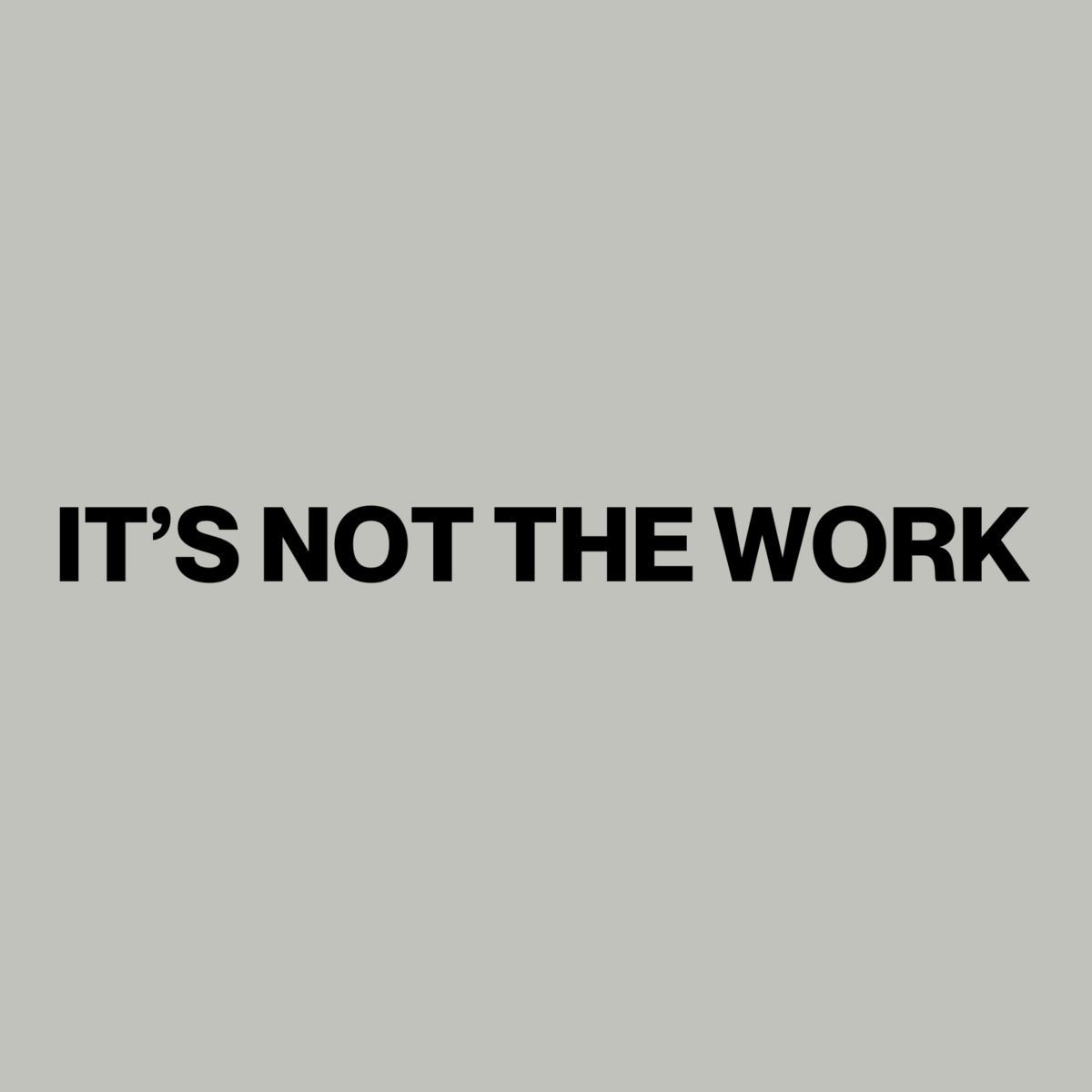It’s Monday.
This week, we’re thrilled to welcome Nithya Sudhir to Ad-to-Cart. With experience leading marketing at global brands like Buynomics and co-founding her own consumer tech startup, she’s spent years decoding what makes people actually hit “buy.”
Welcome to the new Ad-to-cart editions: Expect sharp, behavioral science and psychology-driven takes that bridge big-brand strategy with on-the-ground e-commerce lessons.
Why Invisibility Hurts — And How Ads Accidentally Trigger It
If you’re anything like me — skipping the paid versions of every app but still glued to the scroll — it feels like every other swipe is another ad.
Which got me wondering: how many ads do we actually see in a day?
Turns out, it's anywhere between 4,000 and 10,000.
I know. I am just as shocked as you are right now.
That’s thousands of micro-stories, hooks, reels, buttons, and “buy now” nudges — all elbowing for the same sliver of attention your campaign is trying to win.
And they’re everywhere: social media feeds, news sites, podcasts, TV, radio, billboards, shop windows.
About 10,000 ads and yet — we consciously notice only about 98.5 of them.
Roughly 1%.
Why?
It’s because our brains are ruthless editors. Only the ads that feel relevant — the ones that pass the instant gut check “Is this for me?” — make the cut.
The rest vanish — unless they sneak back later as a random jingle at the worst possible time (different science, different newsletter).
Everything else becomes background noise.
So, what makes the cut?
We, you and I, human beings, all want the same three things: to be seen, to be understood, and to be invited in.
Whether it’s a Netflix binge or a billboard or a jeans ad — we’re scanning for the same thing: proof we matter in the story.
‘Proof that we matter’ isn’t just a nice-to-have — it’s the foundation of inclusion.
One study found that progressive, inclusive ads drive over 16% higher sales than less progressive ones, while also boosting loyalty, purchase intent, and even pricing power.
When you make your audience feel visible, you’re not just ticking a DEI box — you’re widening the circle of who can picture themselves owning, wearing, or using what you make.
Someone forwarded this? 💌Subscribe to get it fresh, every week.
Missed an issue? 💬Catch up on past editions.
Curious what else we’re building? 💡Insane Media lives here.
Want your campaign in front of our users? 📌Reach out here.
🤝 Supported by Tatari
Customer acquisition is evolving fast, and the old playbook isn’t cutting it. Paid social is harder to scale, TikTok’s future is uncertain and Gen Z is skipping search entirely.
Join Forward 2025 by Tatari on Sept. 4 in New York City, a free, half-day event built for DTC marketers ready to add new channels to the old playbook and scale smarter.
Hear from the co-founders of Reddit, AppLovin, and Poppi, and brand leaders from Saatva, Ariat, Coterie and more as they share today’s growth strategies, from performance TV to community-led discovery.
Wrap the day with a rooftop happy hour alongside speakers and peers. Seats are free, but going fast.
Does Relevance Really Live and Die on Inclusion?
Psychologists call it the Self-Reference Effect.
Or, as I like to call it, the Belonging Bias — the mental shortcut that decides whether we buy in or check out.
Lets unravel what is happening in the audience’s mind when they see an ad:
Self-referencing filter*(Klein & Loftus, 1988)*: In the first few milliseconds, the brain scans for personal relevance.
If it aligns with identity, values, or self-image, it gets processed. If not, it’s ignored.
Schema activation (Bartlett, 1932) — The mind compares the ad to stored mental frameworks.
If it matches a “people like me” schema, it feels right. If it clashes, it’s rejected.
Emotional memory encoding (Phelps, 2004) — Identity-relevant emotions light up the amygdala, locking the feeling into long-term memory. This is why exclusion feels sharper and lasts longer than neutral messages.
Negativity bias (Baumeister et al., 2001) — Negative brand moments stick longer and weigh more heavily than positive ones.
One sting can outweigh months of goodwill.
Social identity theory (Tajfel & Turner, 1979) — People tie self-worth to their in-groups.
Ads that reinforce in-group belonging boost trust; ads that signal out-group status erode it.
Two brands learned that the hard way this month. Both show how quickly inclusion — or exclusion, in this case — can shape what people remember about your brand.
American Eagle’s “Good Jeans”
If you haven't heard of the American Eagle brand, you certainly have now after the fuss over their recent ad “Good Jeans” campaign .
A glossy, sun-soaked spot starring Sydney Sweeney in low-rise, baggy jeans, framed by the golden light of an idealized Americana backdrop, and a cheeky play on words: “Sydney Sweeney has great jeans” (a pun on genes).
Then, what happened?
Within hours, social media lit up. For some, it was just another denim ad. For others, it felt like a throwback to a narrower, whiter version of beauty that clashed hard with current conversations on inclusivity and representation.
Criticism snowballed. Posts accused the brand of cultural gatekeeping, of romanticizing an aesthetic tied to exclusion, even of subtly nodding to conservative “Americana” ideals at a time when cultural divides are razor-sharp.
On TikTok and X, users dissected the imagery frame by frame, calling it tone-deaf and out of step with the moment.
Makes me wonder though, did they know what they were doing, or was it simply a Gen Z denim ad?
Financially, the gamble paid off — over $200 million added to market value, jeans selling out online, endless free press. But here’s the psychological trade-off:
Social identity cues — The imagery triggers in-group/out-group sorting. Only people who matched the aesthetic felt represented. And those who felt excluded are more likely to remember the sting.
Schema mismatch — For some, the “girl-next-door” look activated a schema of classic Americana that feels aspirational; for others, it activated a schema of cultural gatekeeping.
Through the lens of the social identity theory, the audience filtered the ad into two sharply different memory files — “This brand sees me” vs. “This brand doesn’t want me here.”
That split will quietly influence future purchase decisions, long after the buzz fades.
The ad: A breezy, sunlit clip featuring actor Gavin Casalegno sipping his drink, flashing a smile, and joking that his good looks were all down to “genetics.”
On paper, harmless humor. In practice, it landed awkwardly for part of the audience.
Dunkin’s ad, while more subtle, arrived in the shadow of the American Eagle controversy.
Again, comments questioned the brand’s awareness of current cultural conversations, pointing out that humor about “genetics” can easily slip into reinforcing exclusion and unattainable beauty standards.
On TikTok, one viral creator called Dunkin’s line “especially odd,” arguing that unlike American Eagle’s pun on “jeans,” there was no creative justification there.
That video has now passed 2.8 million views and more than 290,000 likes. Comments like “why is Dunkin talking about genetics” and “I’m making coffee at home” reflect how quickly audiences connect these references to broader patterns of racial insensitivity.

Source: Dailydot
Dunkin may have aimed for self-aware charm but didn't land. Humor bonds draw on shared experience. For those excluded from the joke, the takeaway was definitely not the coffee.
Both campaigns passed through the same psychological filter — and for part of their audiences, it failed.
The Belonging Bias works both ways: it can make someone feel instantly part of your brand’s story, or it can quietly nudge them out of it.
Which raises the bigger question — are brands still chasing the perception of being progressive, or have they decided the risk is worth it?
In a world where attention is scarce and cultural context shifts by the hour, these small missteps don’t just fade; they stack. An ad that feels timeless on Monday can feel tone-deaf by Friday.
The only right way isn’t to play it safe — it’s to stay awake.
How can you get it right?
Before launch, ask: Who is in this frame, and who’s absent? If absence looks like exclusion, you’ve got a problem.
Audit for schema alignment — Will this imagery activate “people like me” or “not my crowd” in your audience’s mind? Test against multiple cultural contexts.
Design for memory, not just attention — Emotional memory outlasts impressions. Make sure the feeling you leave behind is belonging, not exclusion.
Test humor beyond the bubble — If your joke depends on shared experience, make sure it’s actually shared by the people you want to buy from you.
How's the depth of today's edition?
As always, hit reply if something in here hits home.
See you next week!
Nithya
P.S. If you want to get a case study about your own brand, reply to this email. If you’d like to reach our newsletter audience (founders, creators, and marketers), click the button below.
If you’re new here, I’m over the moon you’ve joined us! To help me craft content that’s actually useful (and not just noise in your inbox), I’d love it if you took 1 minute to answer this quick survey below. Your insights help shape everything I write.
Insane Media is more than one voice
💡 Dive into our other newsletters - where psychology meets the founders, creator economy, Human resources and AI trends.







